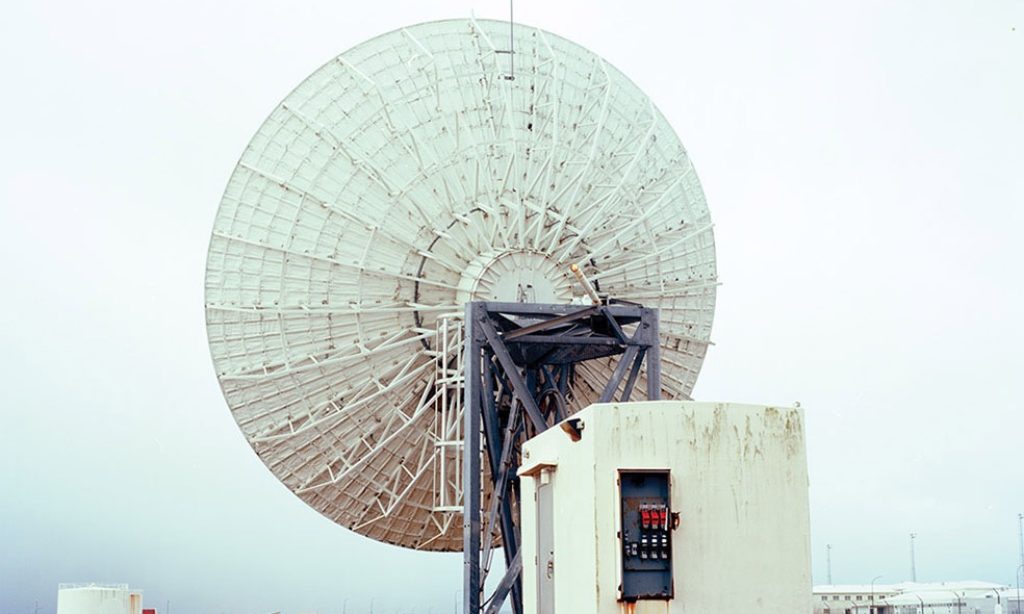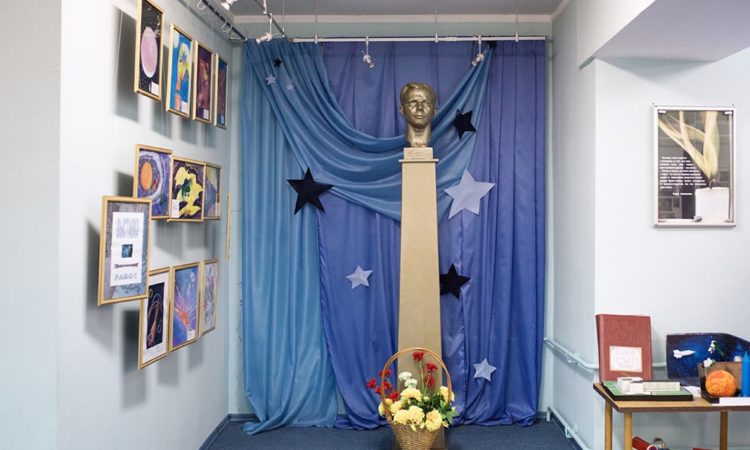In 1965 and 1967 NASA and the U.S. Geological Survey organized field trips to Iceland for American astronauts to learn geology in locations described as ‘terrestrial analogue sites’. Also called ‘space analogues’, they are places on Earth with assumed past or present geological, environmental or biological conditions of a celestial body such as the Moon or Mars. Described as “Probably the most moon-like of the field areas”, in a NASA document that acts as a ‘field training schedule’, the environments found in Iceland would have provided astronauts with the means to apply their practical knowledge of geology to validate their findings on the moon.
Says Matthew: My field trip to Iceland was in response to the astronauts’ exploration of Earth before they went to the Moon, at the point when the geography of the landscape was largely imaginary. In the same way I travelled beyond the frontier and into the lonely wilderness. Aspects of mythology, science, history and geography exist throughout the body of work in equal measure to present my findings. The title of the body of work, ‘Heimr’, refers to the use of the word in Eddic myth comprising of Poetic (Elder) Edda and Prose (Younger) Edda that translates into ‘world’ but also ‘dwelling place’. I was compelled to make this reference as sending a man to the moon had complex implications for our species that had previously only called Earth ‘our world’ and ‘our home’. Within this, questions that ruminated in my mind about existential migration contributed to my personal experience of leaving ‘my world’ and becoming an ‘outlander’ to understand more fully what it means to belong and how that can be wrought with uncertainty.
Space is depicted in Eddic myth only as far as portions of it are the location of some action or person, and every trace I documented during my visit is intrinsically the same. The role of anachronism in the body of work reflects the nature of the evidence that left large gaps between each event, retaining only a vague sense of chronology. This creates tension between what the individual can learn through sensory experience and what comes down to pure speculation, and the viewer is left with the knowledge that there are more answers waiting to be uncovered or never found.
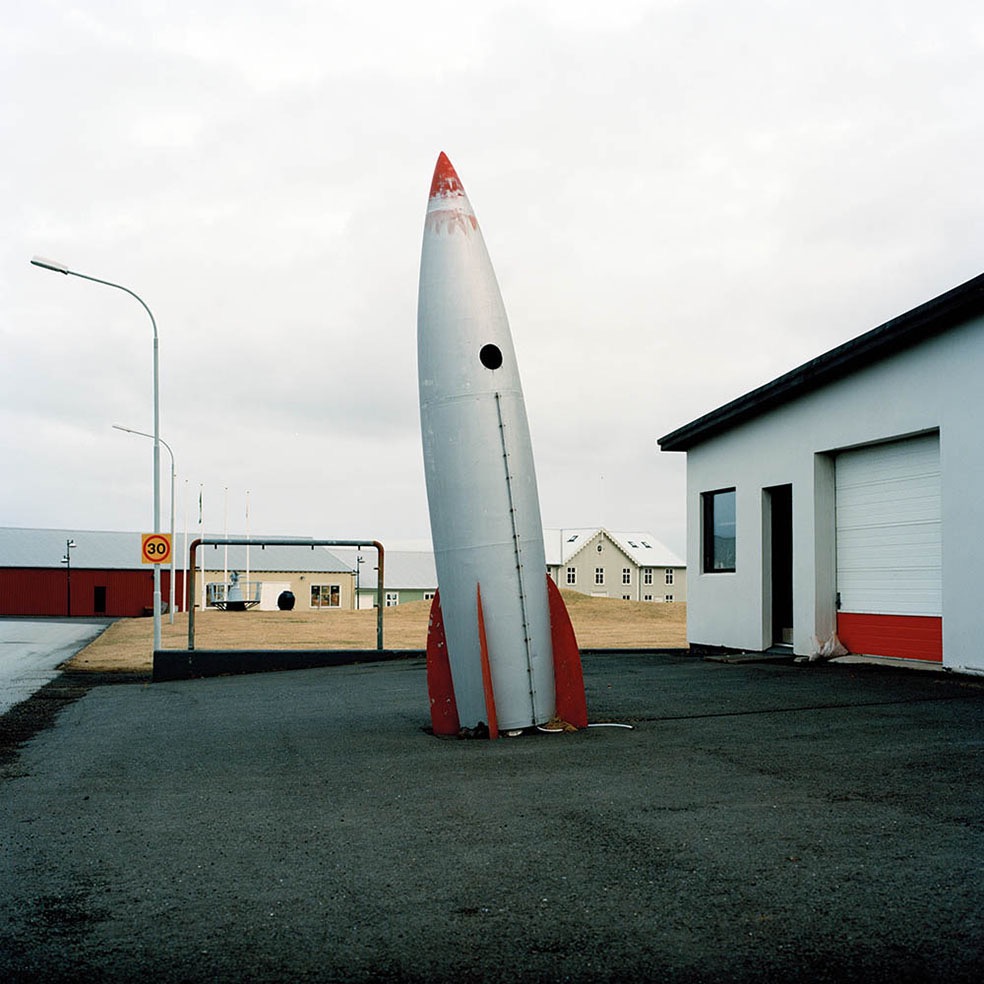
Heimr © Matthew Broadhead
Matthew Broadhead (b.1994) – British photographer based in Southwest England. In July 2016, he graduated from the BA (Hons) Photography program at the University of Brighton and has since gained sustained recognition for his ongoing body of work A Space for Humans: The Moon on Earth (formerly titled Heimr). A Space for Humans was featured in the July 2016 edition of The British Journal of Photography, December 2017 issue of Wallpaper*, The Exposed Issue 2 and Fisheye Vol. 1. He has also been selected as a winner for awards from Magnum, Photoworks and Organ Vida.
Broadhead’s practice entails an engagement with photography as a critical medium and explores the conjunctions between different subjects; notably geology, anthropology, history, and mythology. His research in these areas is meant to change how he interacts with subjects in different contexts in addition to his recording methodology. Operating at the intersection between documentary and conceptual art, he creates fictional bodies of work based on factual source material.
Website: matthewbroadhead.com
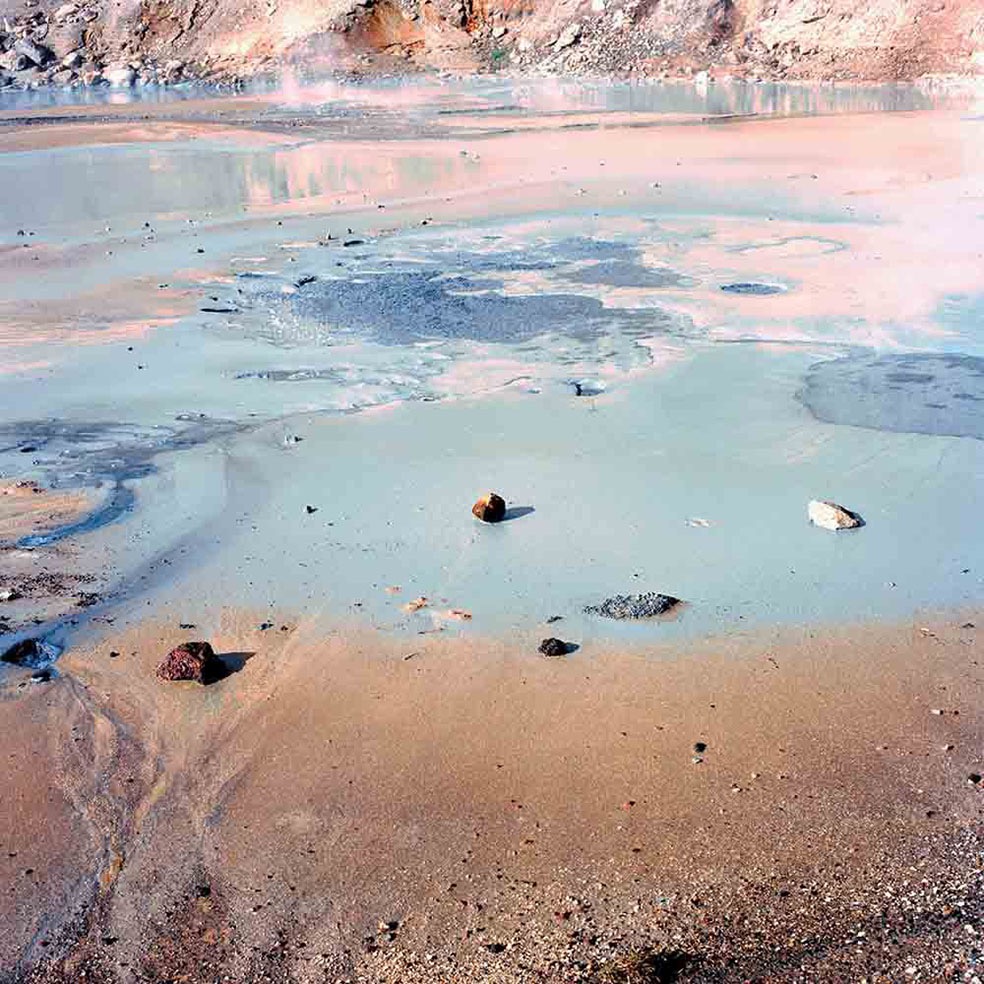
Heimr © Matthew Broadhead
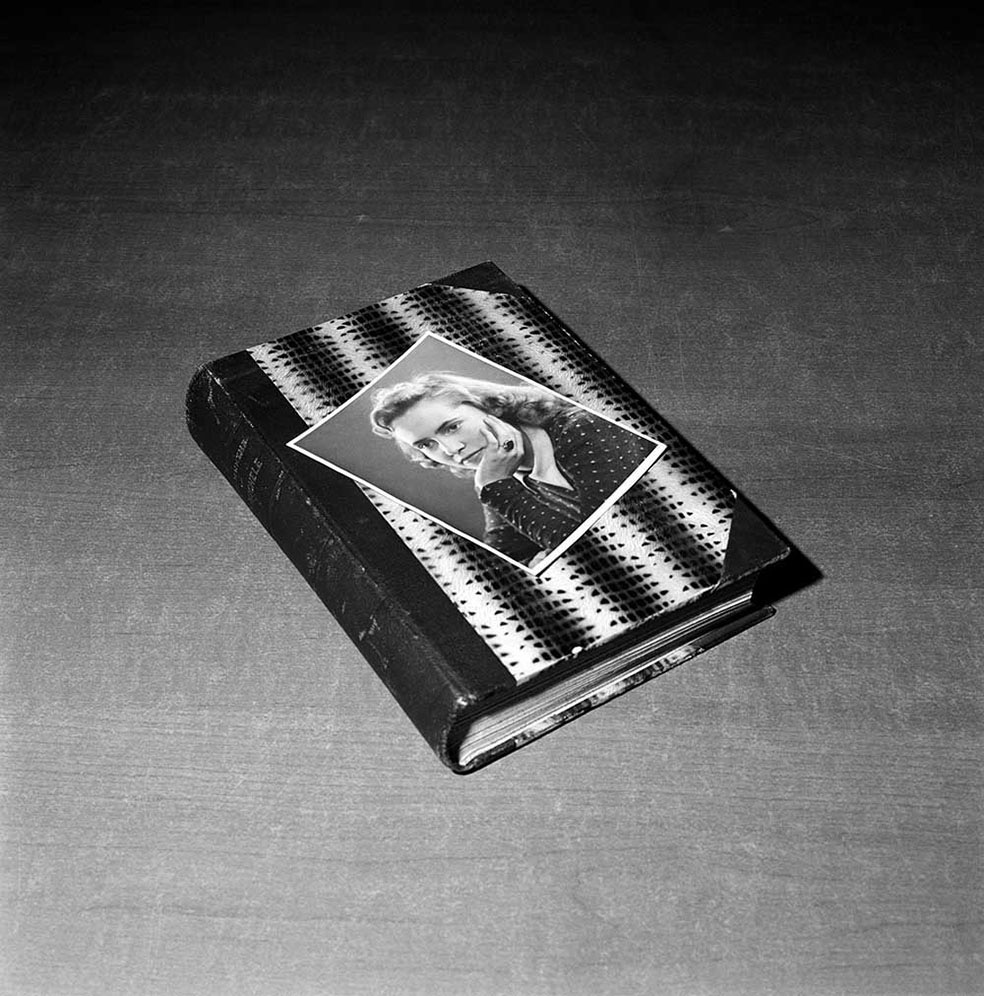
Heimr © Matthew Broadhead
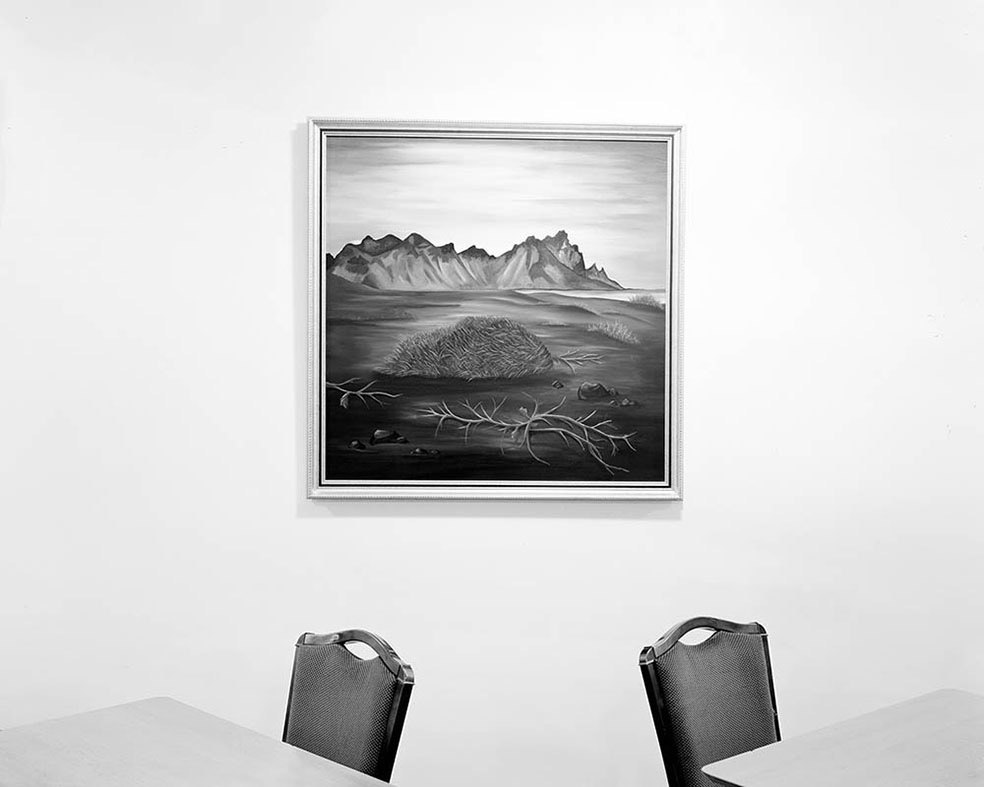
Heimr © Matthew Broadhead
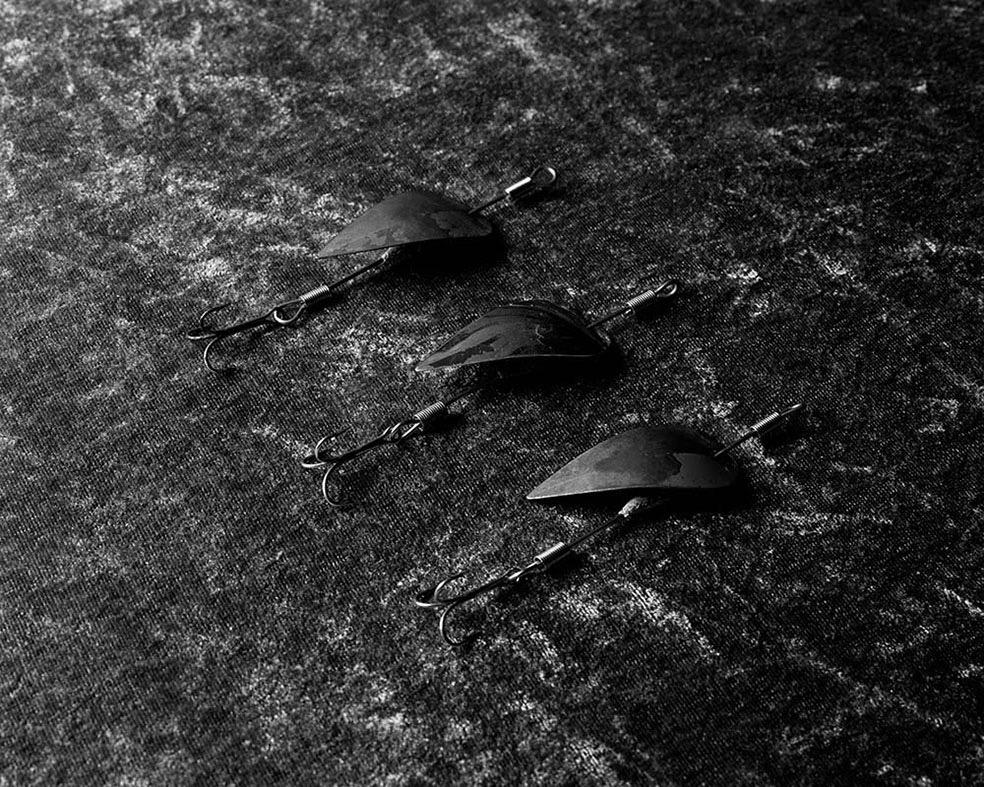
Heimr © Matthew Broadhead
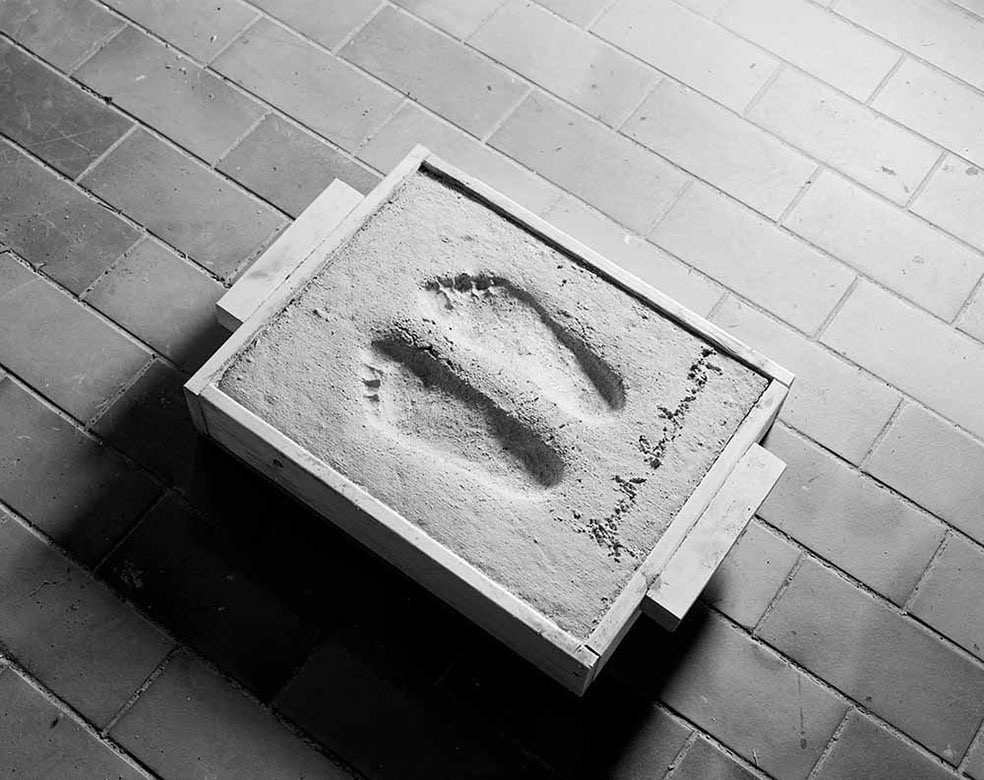
Heimr © Matthew Broadhead
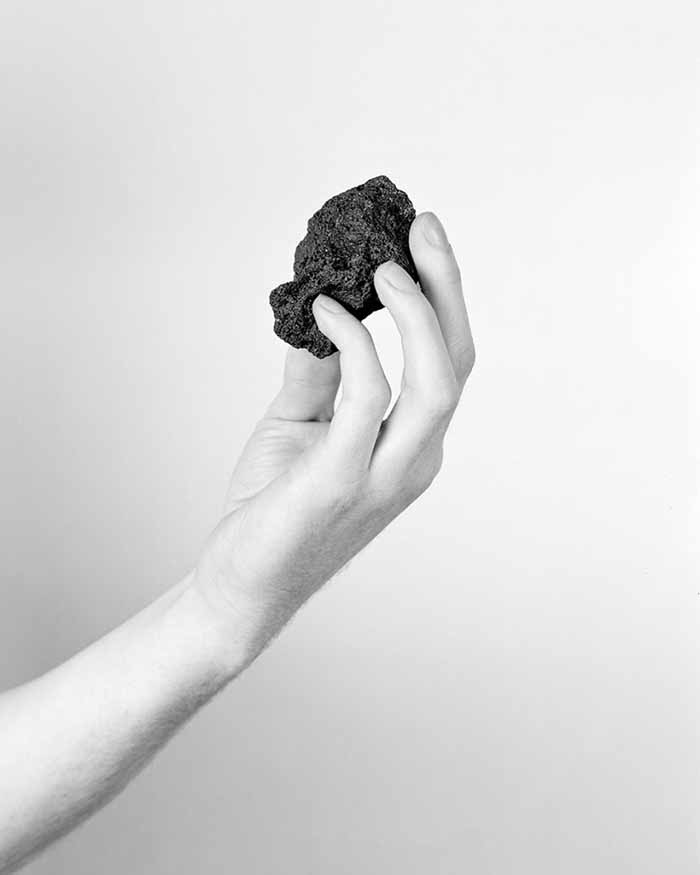
Heimr © Matthew Broadhead

Heimr © Matthew Broadhead
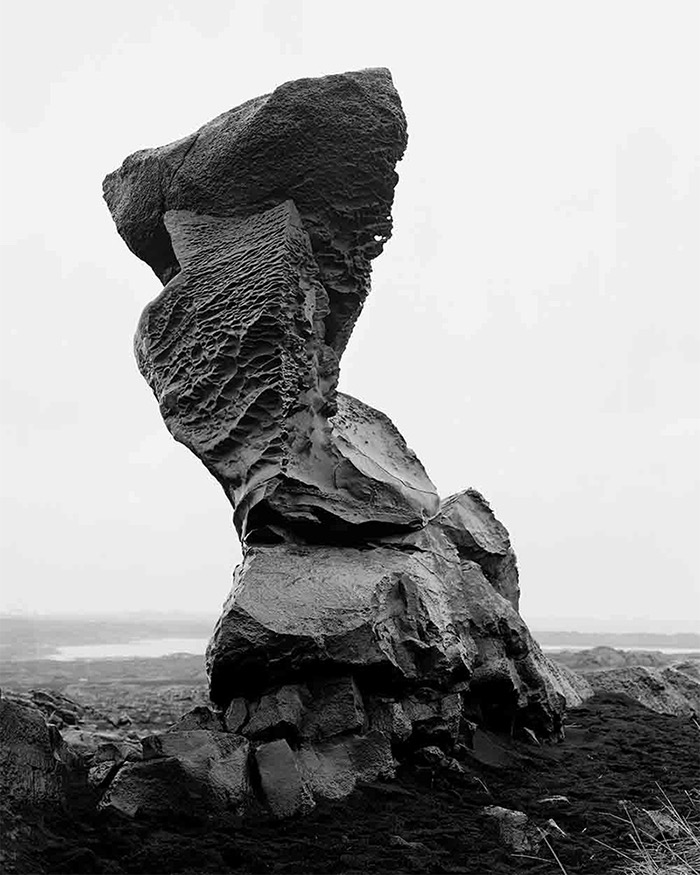
Heimr © Matthew Broadhead
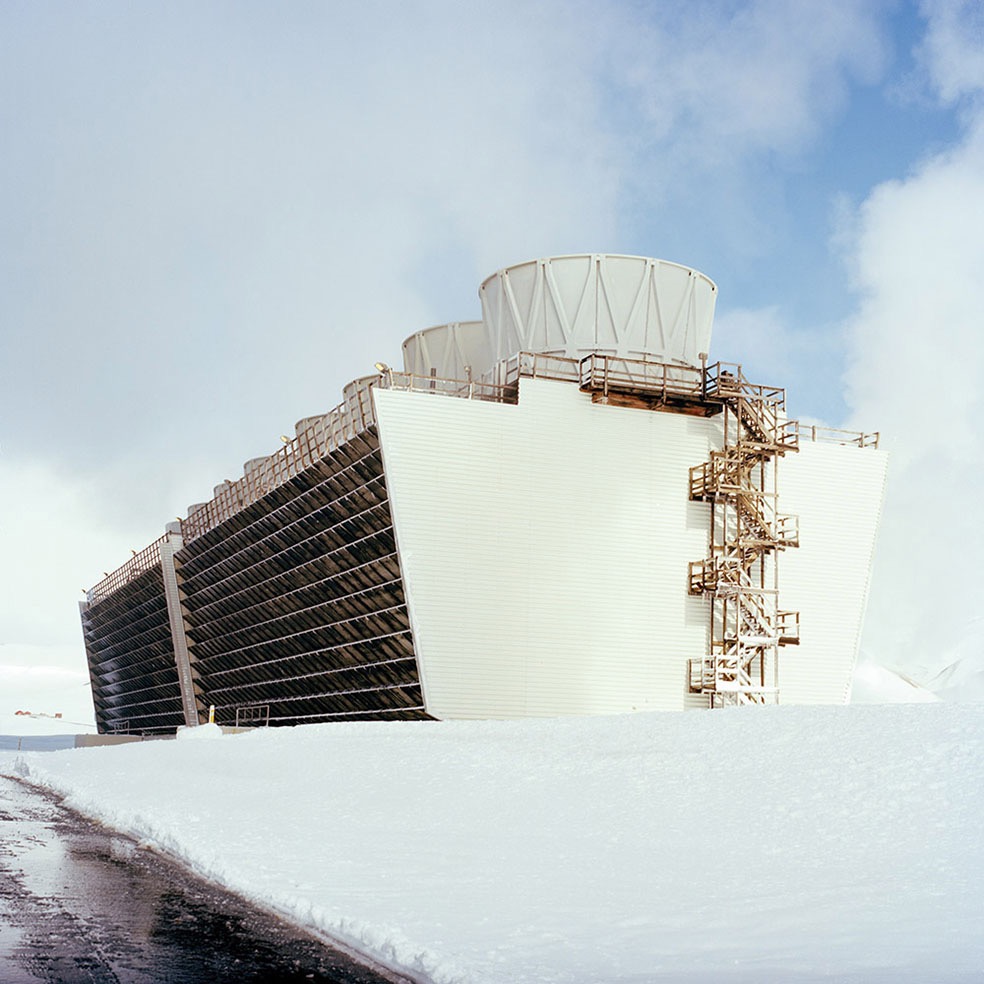
Heimr © Matthew Broadhead

